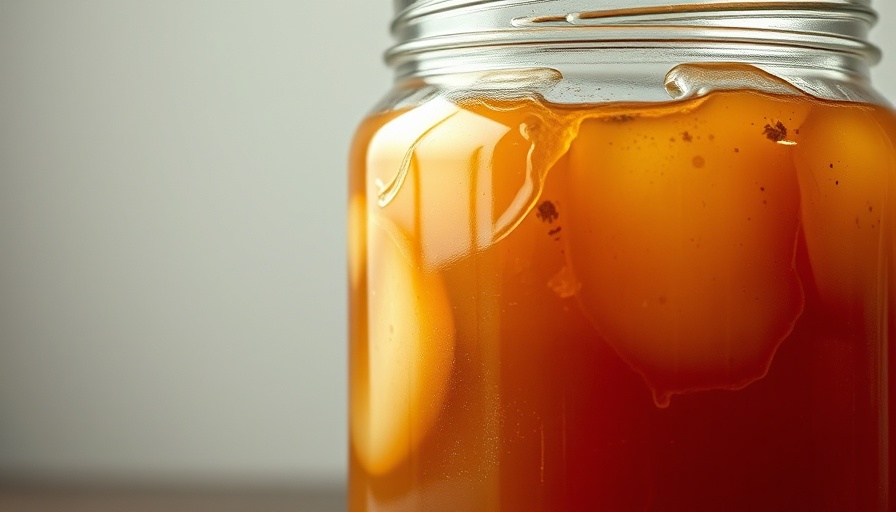
The Ancient Roots of Kombucha: A Timeless Beverage
Kombucha, known as the 'tea of immortality,' originated in China during the Tsin Dynasty around 220 B.C. This ancient beverage crossed continents, weaving through trade routes to eventually reach Russia and Eastern Europe. It was embraced for its health benefits and became a staple in local communities, each adding their unique twist to the recipe. Kombucha’s journey from East to West reflects a story of cultural exchange, transforming a historic elixir into a modern-day health coin.
Brewing Kombucha: A Fusion of Science and Art
The magic of kombucha lies in its intricate brewing process, a harmonious blend of science and art. The essential ingredient is the SCOBY, a symbiotic culture of bacteria and yeast that facilitates fermentation. To begin, one must brew tea, typically black or green, before sweetening and cooling it to prepare for the SCOBY. As fermentation unfolds over a week to ten days, the sweet tea transforms into a tangy, sparkling beverage.
Following this, flavoring with fruits, herbs, or spices can create delightful variations. This crafting process is both precise and imaginative, offering virtually limitless possibilities for customization to match unique tastes and holistic health goals, making it a potential asset for wellness-focused practices.
The Nutritional Profile: Kombucha as a Wellness Ally
Beyond its refreshing taste, kombucha is a powerhouse of nutrients, making it a valuable addition to any wellness regimen. A standout feature is its probiotics, byproducts of fermentation which enhance gut health, bolster digestion, and aid immune function. Additionally, kombucha is rich in B vitamins and boasts antioxidants from green tea, which combat free radicals and may reduce inflammation.
Moreover, kombucha contains organic acids that support detoxification, helping to cleanse the body and optimize wellness. These nutritional benefits position it as a versatile ally in health improvement strategies, proudly endorsing a wholesome lifestyle for practitioners and clients alike.
Integrating Kombucha into Health Practices
For concierge medical practice owners aiming to elevate their services, incorporating kombucha could not only enhance the well-being of patients but also distinguish their practice in the bustling wellness market. By offering kombucha, practices can align with contemporary wellness trends and provide an engaging way for patients to embrace better health habits, facilitating deeper patient-practitioner relationships.
Kombucha’s simple, holistic nature complements the integrative health strategies that many modern practices advocate. With its vibrant history and contemporary appeal, it stands as an exemplar of how ancient remedies find relevance in today's fast-paced healthcare environments.
 Add Row
Add Row  Add
Add 




Write A Comment